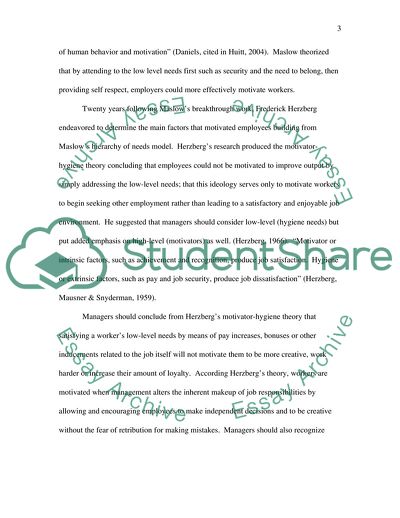Cite this document
(Differing Insights for the Motivation of People Case Study, n.d.)
Differing Insights for the Motivation of People Case Study. https://studentshare.org/human-resources/1711414-therories-of-motivation
Differing Insights for the Motivation of People Case Study. https://studentshare.org/human-resources/1711414-therories-of-motivation
(Differing Insights for the Motivation of People Case Study)
Differing Insights for the Motivation of People Case Study. https://studentshare.org/human-resources/1711414-therories-of-motivation.
Differing Insights for the Motivation of People Case Study. https://studentshare.org/human-resources/1711414-therories-of-motivation.
“Differing Insights for the Motivation of People Case Study”. https://studentshare.org/human-resources/1711414-therories-of-motivation.


